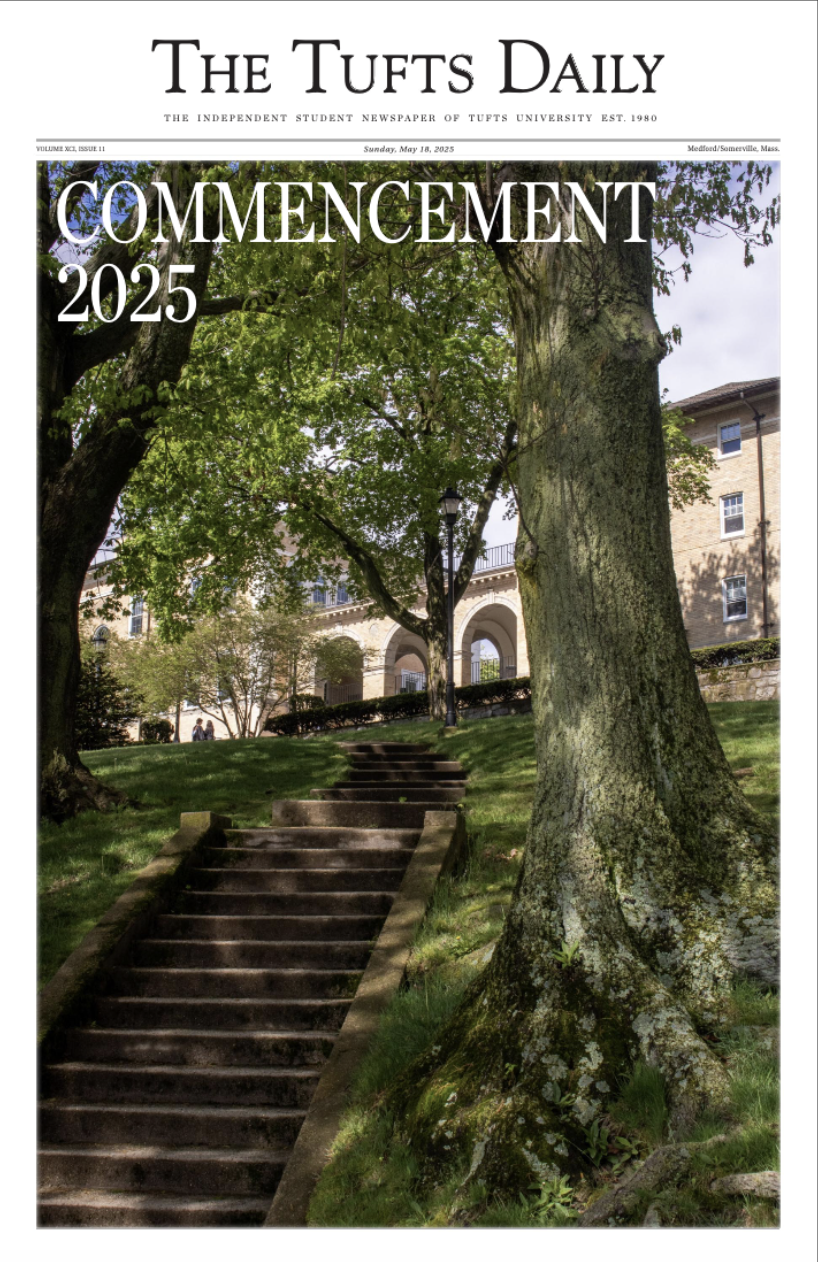Though there is a growing concern among applicants, parents, and universities that early decision programs favor wealthy and well-connected applicants, Tufts seems unlikely to abandon its two-round early admissions process in the near future.
Universities across the nation, including Yale and Stanford, are responding to the controversy surrounding early decision programs by switching to non-binding early action plans.
The University of North Carolina (UNC) at Chapel Hill was the first to terminate its early decision program for students applying in the fall of 2003 in part because admissions officers said it gave unfair advantages to upper and upper-middle class applicants.
"No matter how responsibly you run an early-decision program, it still tends to [admit] a group of students who are more financially able and less diverse," UNC Director of Admissions Jerome Lucido said upon ending the program.
Early decision applicants at Tufts also tend to come from more privileged backgrounds. "There is a disproportionate number of affluent students in the early decision pool," Dean of Undergraduate Admissions Lee Coffin said.
Tufts offers two rounds of early decision - applications under Early Decision I are due Nov. 15, while those under Early Decision II are due Jan. 1st.
Early decision applicants at Tufts are also accepted at a higher rate than students in the regular applicant pool.
For the 2003-04 academic year, 39 percent of students who applied to Tufts under Early Decision I were accepted, in comparison to the overall admissions rate of 26 percent, according to U.S. News and World Report.
Early applicants tend to be more successful than regular applicants for a number of reasons, such as their enthusiasm for their top-choice institution, as well as their confidence and motivation, Coffin said.
"The early decision option allows us to populate programs with students who are academically talented as well as interested in signature areas of the school," Coffin said.
But early decision students are actually not always more academically gifted than regular decision applicants. According to a November 2003 article in The Atlantic Monthly, a "recent study of 14 highly selective schools by researchers at Harvard determined that on average, early decision candidates had slightly lower SAT scores and class ranks than candidates who applied during the regular admissions season."
No figures on the SAT scores and class ranks of early decision Tufts applicants were available at press time.
"I think it is overstated that financial aid kids are
disadvantaged" in the early decision process, Coffin said. "Right now financial aid is a finite procedure at the end of the
[application] process."
Coffin said students' needs would be met and that their financial situations had no bearing on acceptance under the early decision program.
But Tufts has yet to obtain need-blind status - one of the major recommendations on the 2003 report of the Task Force on Undergraduate Life - meaning financial considerations are still part of admissions decisions.
Coffin said students accepted under the early decision program who receive what they see as an inadequate financial aid offer have the option of rescinding their enrollment, which is otherwise binding.
Last year, out of the 554 students accepted under early decision, only 15 did not enroll, either for financial reasons or to take the year off. These 554 students make up 42 percent of Tufts' class of 2008.
Freshman Sara Franklin said she applied to Tufts under Early Decision I to get the process out of the way and because she was "pretty sure it would enhance my chances of getting in."
Though applying early worked to her benefit, Franklin is now critical of the program in retrospect. "I think it gives an incredibly unfair edge to people who couldn't get into the college search early enough or those who couldn't apply early decision based on financial aid," Franklin said.
"If they are looking to have an equal admission process, then [early decision] shouldn't be offered," Franklin said.
But Coffin said Tufts is unlikely to abandon its two-stage early decision program in the near future.
"From an institutional standpoint, it is a very difficult process," Coffin said.
According to some critics, universities are reluctant to let go of early admissions policies because they increase a statistic called "student yield," which measures the percentage of students accepted to a university that choose to enroll there.
Student yield is a factor in such national college rankings as U.S. News and World Report's "America's Best Colleges."
Ashley Pandya, a high school senior at Laurelton High School in Fairfield, Conn. who plans to apply to Tufts under Early Decision I, said she appreciates early decision. "It has probably decreased my stress level, because if I do get in early, it'll be nice to know so early on and have it be a done deal," she said.
But Pandya had some major qualms about applying early because it would not allow her to compare financial aid packages between schools where she was accepted.





